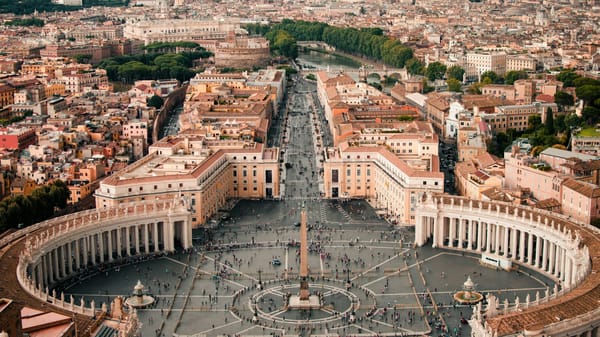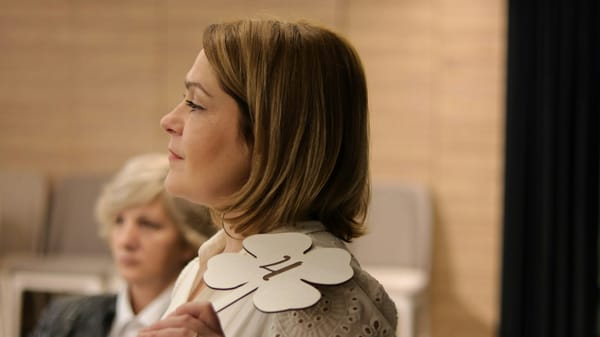Why Abstract Art Is Universal: The Borderless Language of Color and Form
Abstract art is a borderless language, speaking through color, form, and emotion without translation.

You can’t translate a color. You can’t stamp a passport on a brushstroke. A jagged black slash across a field of red speaks the same to someone in Lagos as it does in Helsinki. No borders, no mother tongue—just pure signal straight to the nervous system.
Abstract art doesn’t care who you voted for, what god you pray to, or if you even believe in one. It doesn’t hand you a headline or a caption. It hands you a mirror and says: Here. Make sense of this. A splatter might be a storm to you, a memory to someone else. Both are right. Both belong.
In this way, abstraction is the great equalizer. You can’t be locked out for not knowing the “context.” You don’t need a curator to whisper the meaning in your ear. The meaning is whatever sets your pulse jumping, your throat tightening, your mind firing off without permission.
And in a world obsessed with labels, flags, and sides, abstraction is the last lawless country. You step into it without a visa. You walk out carrying something that was always yours—but maybe you’d forgotten until a shape, a smear, or a burst of impossible blue reminded you.
The language of abstraction is older than alphabets. It’s carved in the brain. It’s the way a child draws before anyone tells them what a tree “should” look like. It is human—messy, untranslatable, undeniable. And that is why it belongs to all of us.
ART Walkway News





